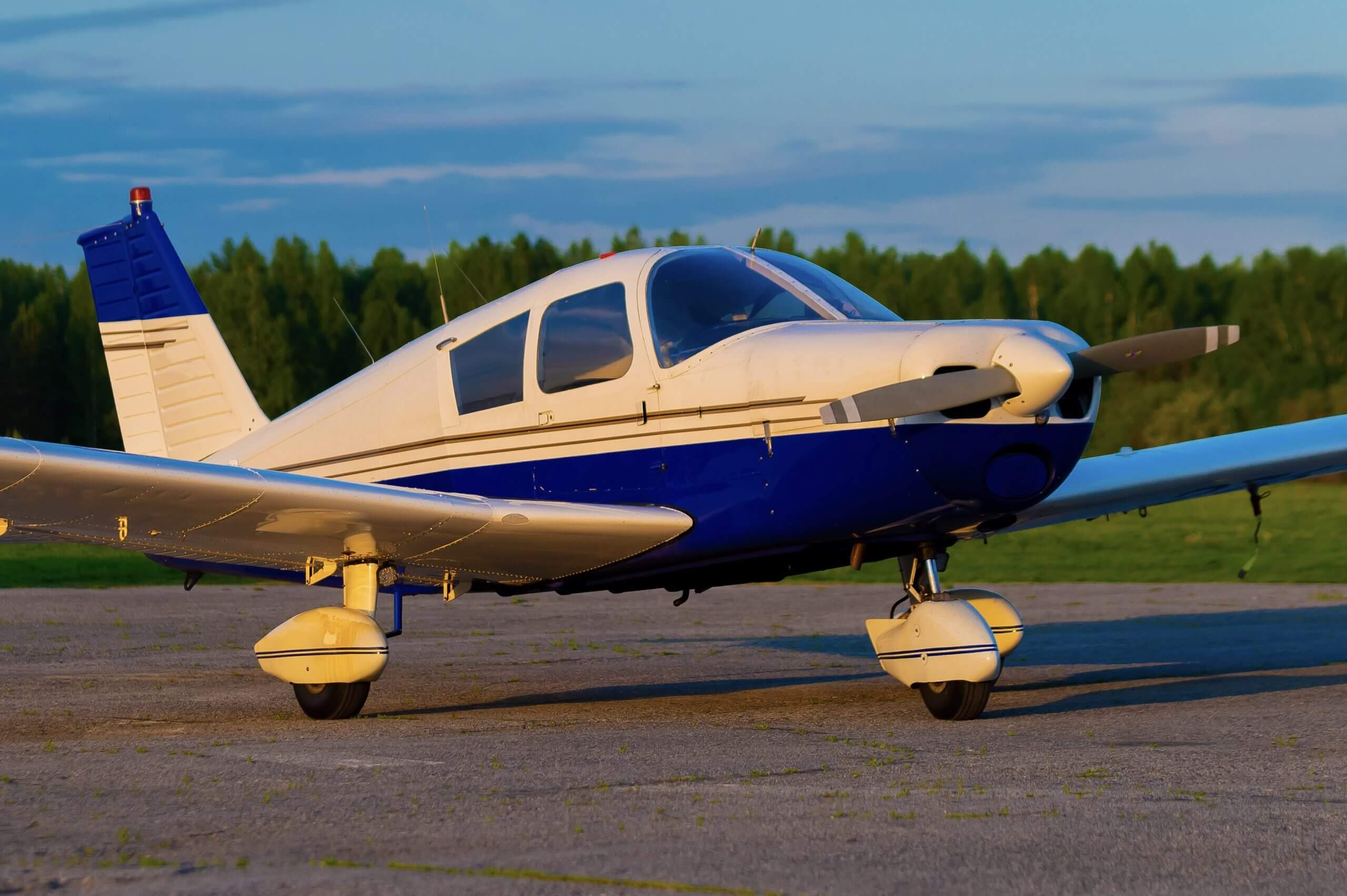Aircraft insurance renewals often arrive in your inbox like clockwork. You see the familiar quote, check the price, and—if it’s not wildly different—you click, pay, and move on.
But here’s the reality:
That quick click could be costing you hundreds—or even thousands—of dollars.
Why? Because aircraft insurance policies are complex. And if you’re not reviewing the right details each year, you could be overpaying, underinsured, or missing out on premium credits you deserve.
At BWI, we’ve reviewed thousands of renewal quotes and found that many could have been significantly improved with just a simple checklist.
Let’s walk through the top 5 things you should review before you renew.
1. Has Your Aircraft’s Value Changed?
Aircraft values rise and fall with the market. In some years, aircraft prices jump 10–20%. In others, they cool off.
If your policy hasn’t been updated in years, you might be:
- Overinsuring: Paying to cover a hull value that exceeds your aircraft’s market worth
- Underinsuring: Leaving yourself exposed in the event of a total loss
Use aircraft valuation tools (like Vref or Controller listings) and talk to your broker to reassess your hull value annually.
2. Have You Flown More or Less This Year?
Recency matters to underwriters.
Most want to see flight time within the last 90 days and strong totals over the last 12 months. If your recent flying activity has increased—or decreased—this can impact your quote.
More recent hours often result in better quotes.
Less recent hours? You may need to update training or complete a refresher to avoid a premium increase.
Always report:
- Total time in the last year
- Any time in make and model
- Noteworthy trips or instruction time
3. Have You Completed Any Training?
This is one of the most overlooked elements of a renewal.
If you’ve done:
- A simulator course
- CSIP or Embark training
- A tailwheel or high-performance checkout
- An IPC or flight review
…you may qualify for premium credits.
But most carriers won’t ask—you have to tell them.
Provide documentation to your broker and make sure it’s part of the renewal submission.
4. Have You Changed Storage or Airport Location?
A move from a hangar to a tiedown (or vice versa) can dramatically change your rate.
Why?
- Tied-down aircraft are more exposed to weather, wildlife, and theft
- Airport infrastructure and security matter
- Some carriers rate specific airports differently based on location and claims data
If your storage changed—or your aircraft moved—let your broker know before you renew.
5. Has Anything About Your Use Changed?
Flying more business trips? Carrying passengers more frequently? Launching flight instruction or commercial ops?
Even subtle shifts in aircraft use can affect your insurance policy, especially:
- Pleasure vs. business use
- Named pilot changes
- Aircraft modifications
Make sure your use description still accurately reflects how you operate.
Bonus Tip: Has Your Broker Shopped the Market?
Not every broker quotes the entire market. If your renewal came in fast with no explanation—it may not have been competitively shopped.
At BWI, we quote every major aviation carrier. We compare offers side-by-side and walk you through the best fit.
Even if you’ve been with the same carrier for years, it pays to explore options—especially if any details of your profile have changed.
Final Thoughts: Review Before You Renew
Aircraft insurance isn’t a set-it-and-forget-it decision. It’s a reflection of your current flying habits, training, aircraft status, and operational profile.
Taking 15 minutes to review the 5 points above can:
- Save you money
- Get you better coverage
- Ensure your aircraft and liability protection reflect how you actually fly
If you’re unsure whether your policy still fits your needs, let us help.
[Request a Renewal Review from BWI Today]
Continue Reading



